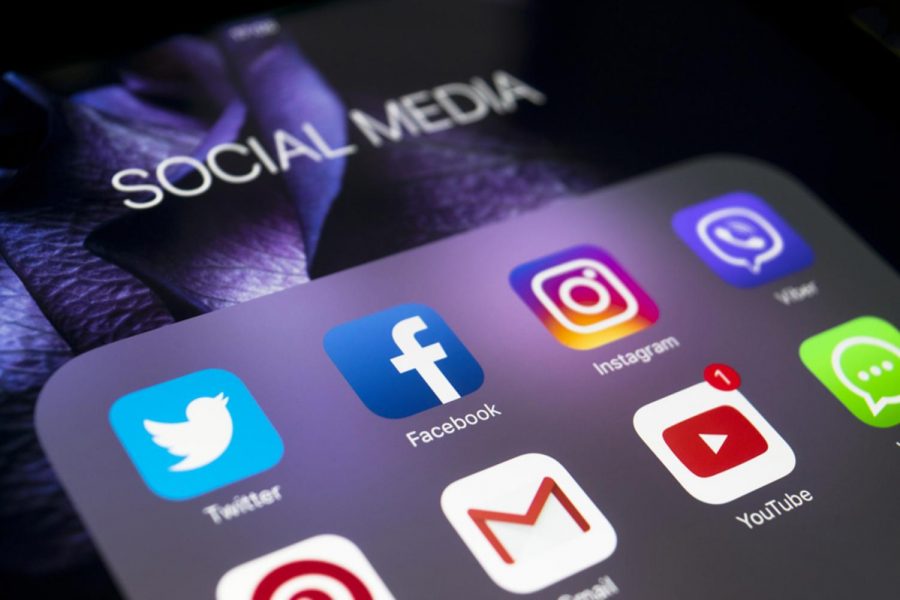Combatting Screen Time During COVID-19
April 14, 2021
Over a year into the pandemic, many people are tired of staring at a screen all day long. Due to the need to stay home for safety reasons, many have started working or learning from home since last March.
“Screen time” was a buzzphrase even before the COVID-19 pandemic, often used in reference to the excessive time which children spend on electronic devices. According to an article by WebMD, proves that looking at a screen for an extended period can have negative health impacts.
As a lot of programming is still done online, some people are feeling the effects of staring at screens all day everyday. While turning down a screen’s brightness can help, the only true way to eliminate the negative effects of staring at a screen is by minimizing the amount of time spent using electronics.
While not a cure, one way that some people have tried to limit the effect of screens is through blue light glasses.
Blue light is a type of light near the blue-violet side of the visible spectrum that has been broadcast as dangerous to the public.
However, some scientists argue that the effects of blue light have been dramatized. Still, many have found blue light glasses to be beneficial during the pandemic.
Sylvia Tejada ’23, who had been learning remotely until recently, found blue light glasses to be useful.
“I started getting fewer headaches and my eyes didn’t burn as much,” Tejada said.
Scientists continue to stress that spending less time on electronics is very important during the pandemic, and in general, going outside can beneficial when many are stuck inside all day.
Whether it be with blue light glasses, lowering screen brightness, going outside, or reducing screen time, there are a variety of ways to combat negative results of technology during the pandemic.























































